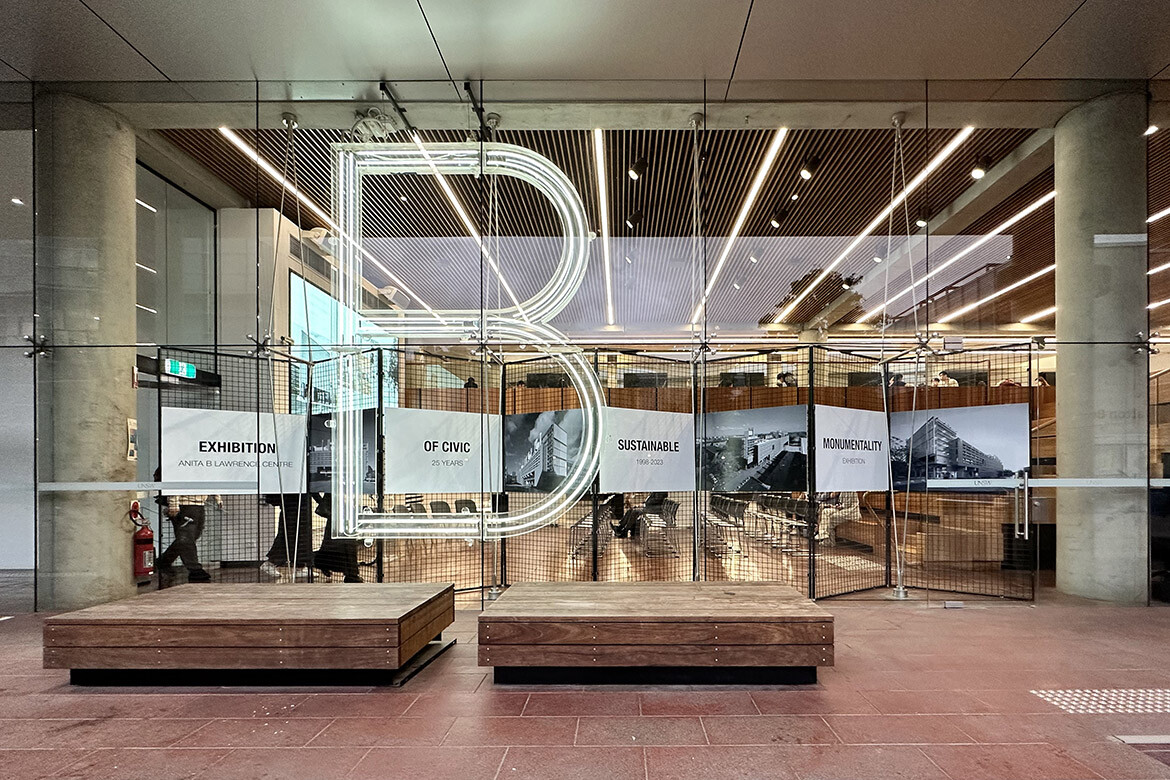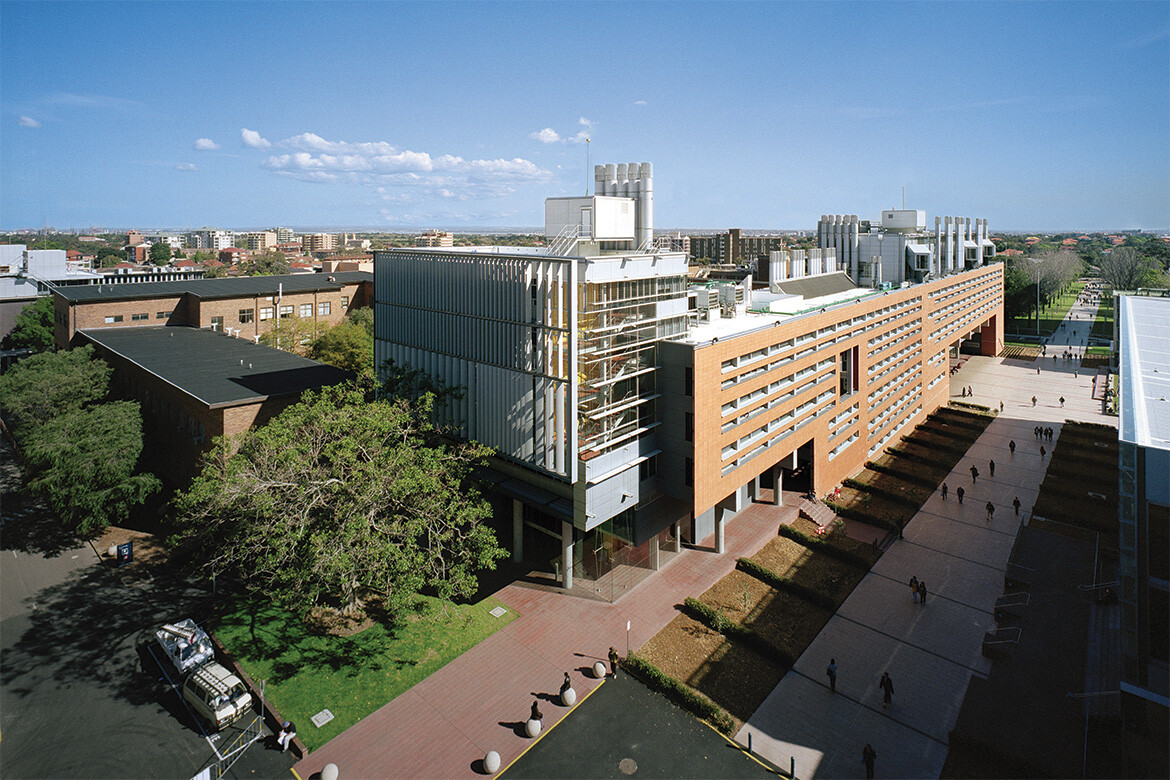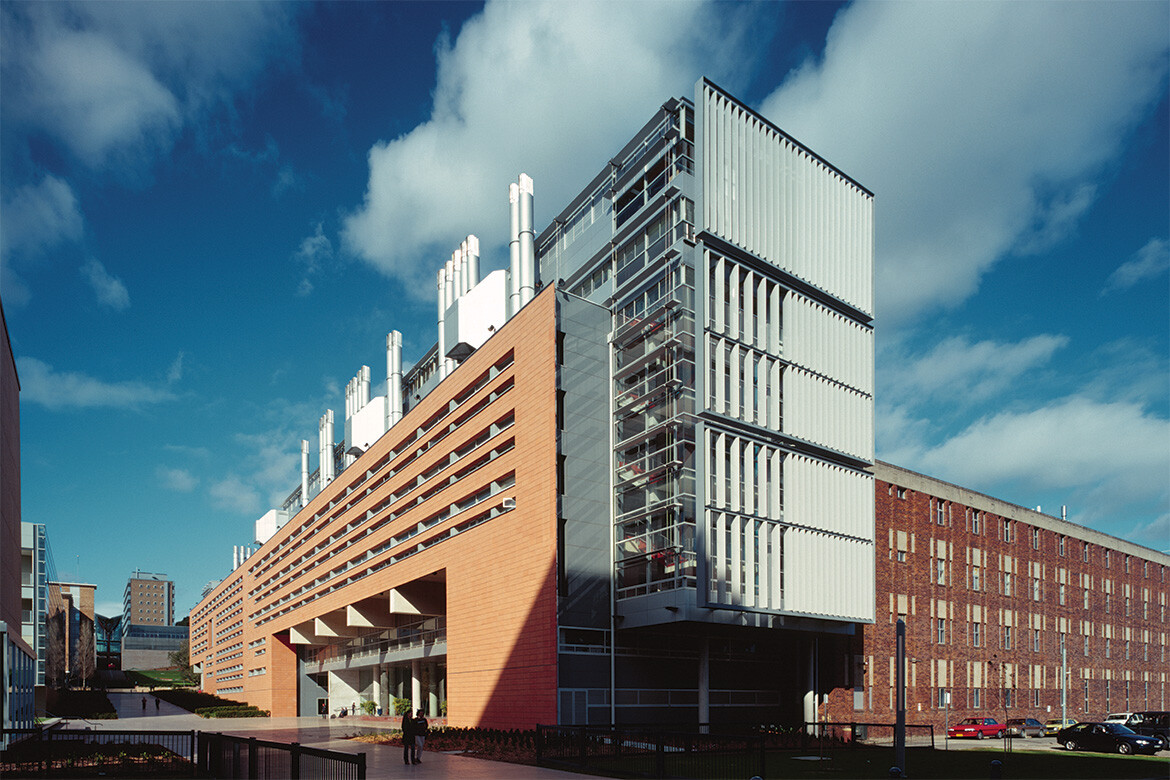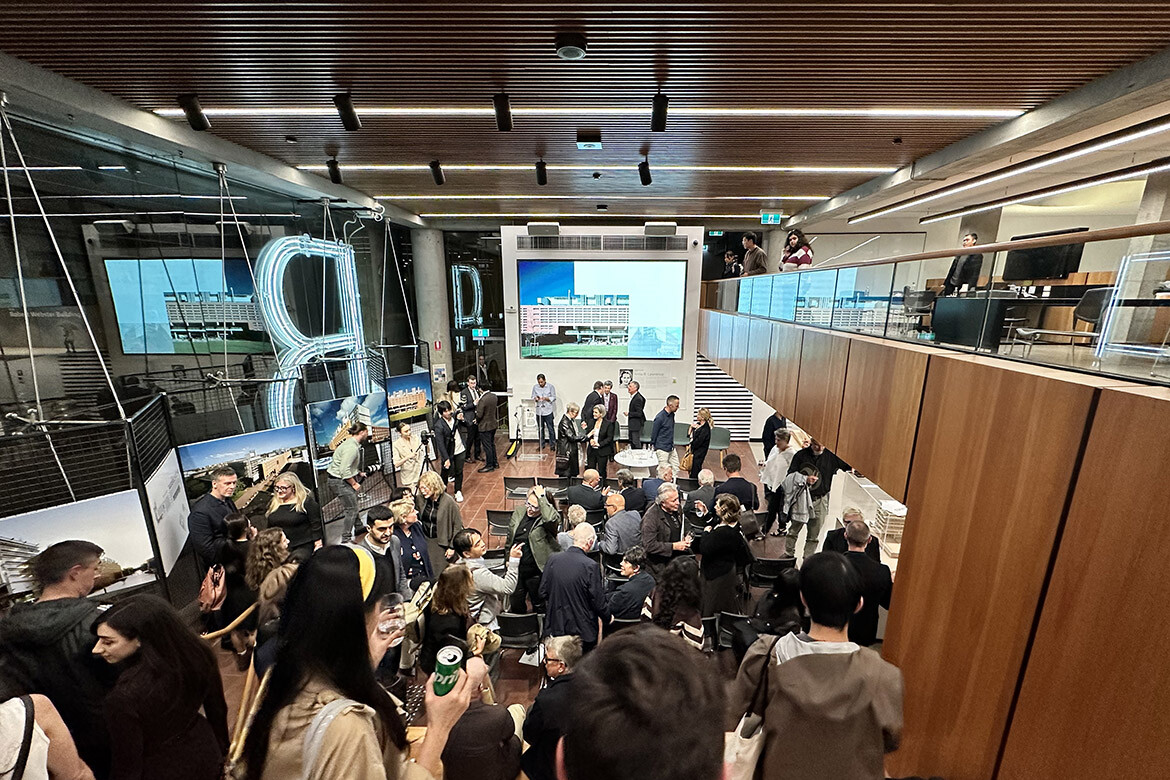It’s hard to overstate the achievements of Anita B. Lawrence: she was the first woman architecture graduate and the first woman to receive a University Medal, the latter an award which recognises excellence across all subjects at UNSW. She was also granted a BArch with First Class Honours in 1955 and a Master of Architecture in 1957.
It is fitting, then, that the renaming of this significant piece of architecture coincides with the 25-year celebrations of the building. UNSW’s School of Built Environment is hosting an exhibition on the building, with models – including a surviving timber model from before the real thing was built! – and drawings on show.

The exhibition has been arranged alongside and the . ’s Adam Haddow, NSW Chapter President for the AIA, was in attendance for the 25-year celebration event featuring a panel including fjcstudio director and managing principal Elizabeth Carpenter, Arup’s Haico Schepers and UNSW’s Marion Burgess and James Weirick.
With luminaries in attendance from across the Sydney architecture community, tributes were paid to Lawrence’s legacy while anecdotes of life in the Red Centre were shared by some who have worked there since its inauguration.
Related:

The building is a landmark in terms of architectural conventions in Australia. Situating itself in the tradition of monumental architecture that nevertheless prioritises human scale and use, it was a trailblazer in terms of its emphasis on principles of sustainability and passive design.
While its climatic design didn’t translate into flawless performance in all circumstances, the building was notable in its attempts to directly engage principles such as user choice in terms of thermal comfort. It’s a building that people learn to use in the sense of making it work, for example by manually manipulating louvres. As ’s Schepers noted, the Red Centre marked an early and somewhat experimental attempt to realise principles that are today more commonplace.

Buildings have lives long after the architects complete a project and the newly named Anita B. Lawrence Centre continues to be a source of learning, not least for the students who occupy it while learning to design.
The renaming is part of the wider UNSW’s Celebrating Women on Campus project that will rename 17 buildings and spaces after women role models. These include the first women graduates of each faculty, the first woman professor, the first woman Deputy Chancellor, the first Indigenous woman graduate, and many other alumnae and former staff who identify as women.
“Celebrating UNSW Women at its heart is making visible the incredible contributions of women to UNSW, and importantly, to society, throughout our entire history,” says UNSW Vice-Chancellor and president professor Attila Brungs. “If you look at our campuses, because of historical prejudice we haven’t celebrated or made visible the immense and incredible contribution women have made over the decades. The whole point of the project is, how do we not only redress that but, far more importantly, how do we inspire the next generation of UNSW women?”
fcjstudio
Photography
John Gollings, Andrew Chung




The post appeared first on .